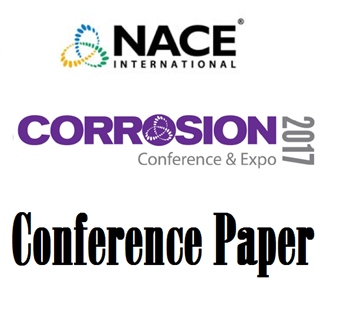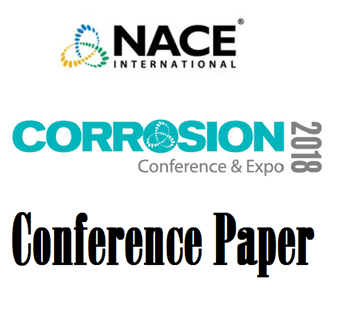Search
51315-6057-Ultra High Modulus Carbon Fiber Repair Systems with Stiffness Greater than Steel for Pipeline Applications
Also Purchased
51317--9506-Testing and Design of Nonmetallic Composite Repair Systems for Pipeline Intergity
Product Number:
51317--9506-SG
ISBN:
9506 2017 CP
Publication Date:
2017
$20.00
51318-11719-Investigation and case study of composite repair performance at low temperatures on buried pipelines
Product Number:
51318-11719-SG
Publication Date:
2018
$20.00
51313-02212-Chemical Compatibility of Composite Repairs in Refineries and Petrochemical Processing Facilities
Product Number:
51313-02212-SG
ISBN:
02212 2013 CP
Publication Date:
2013
$20.00




